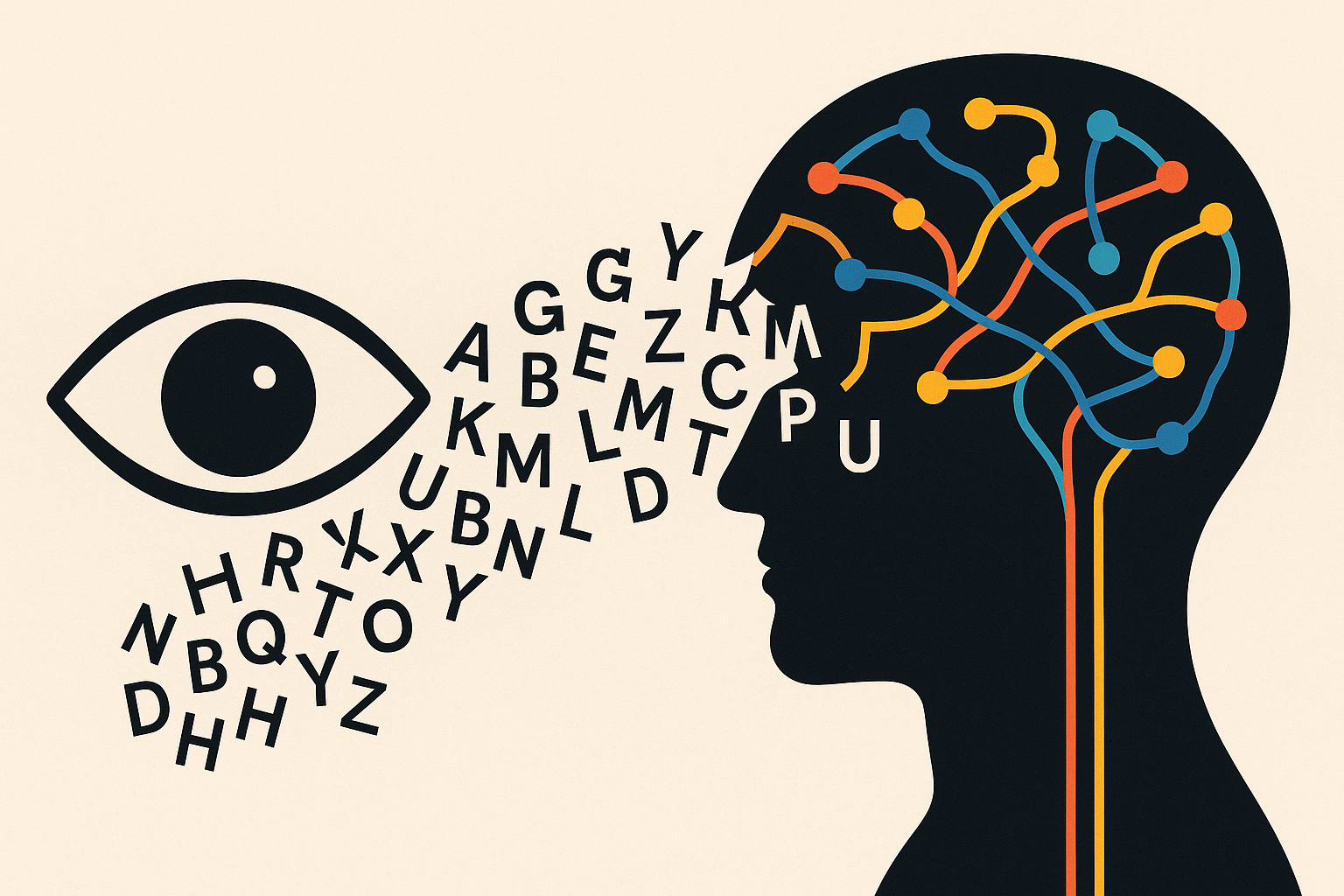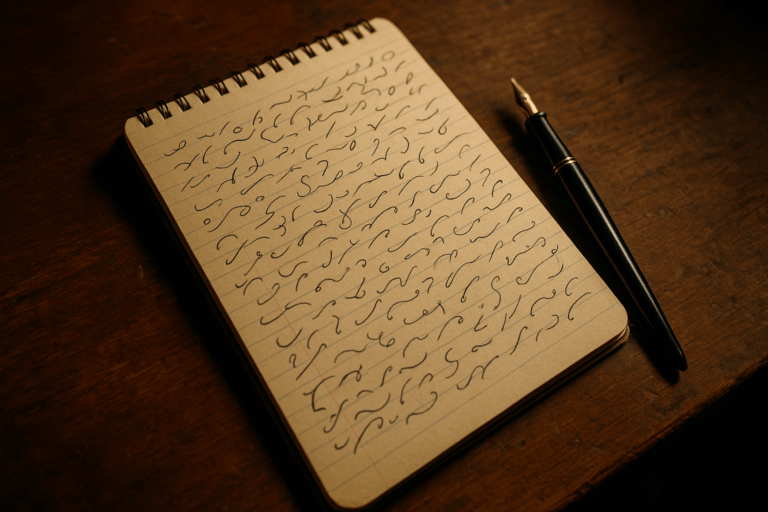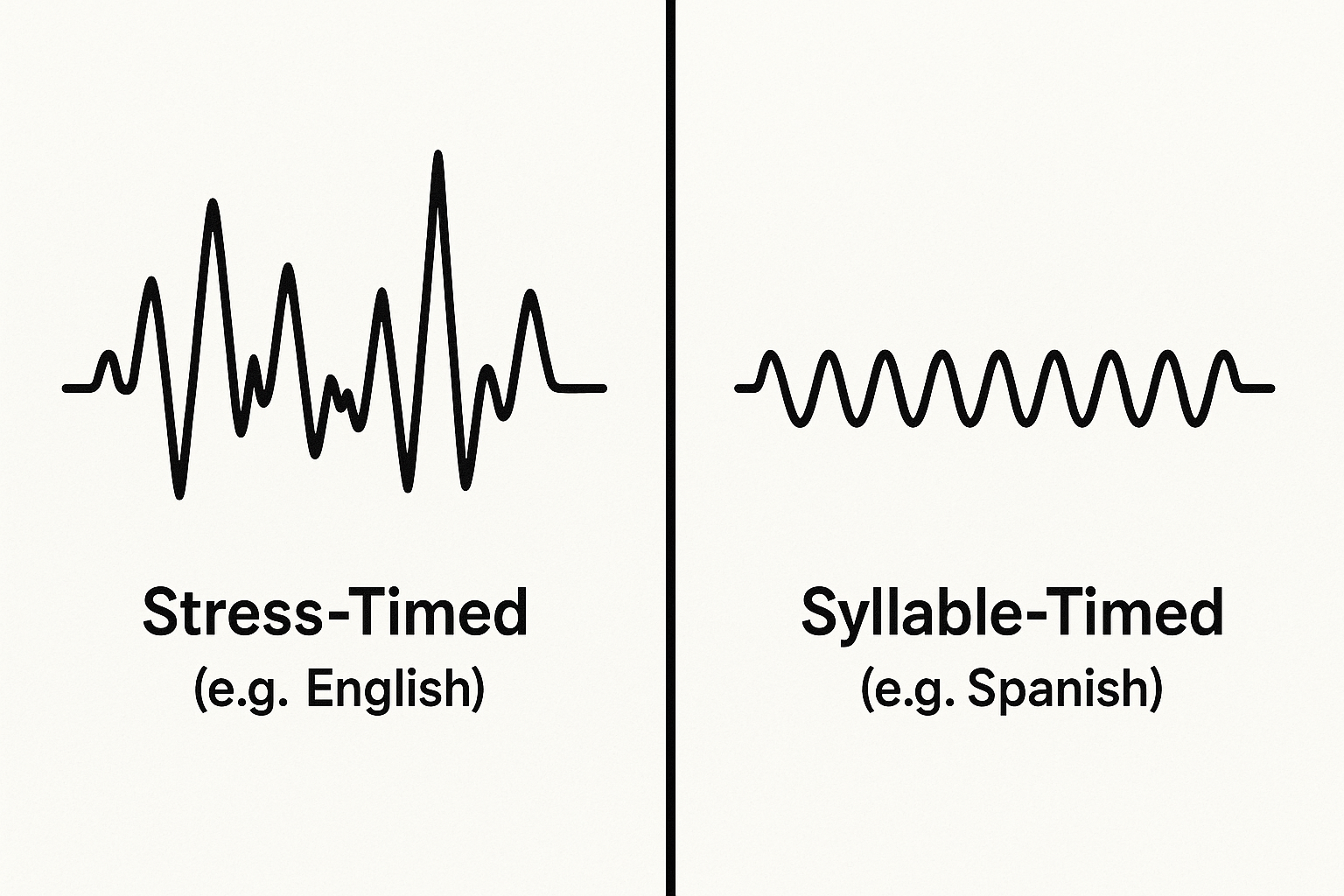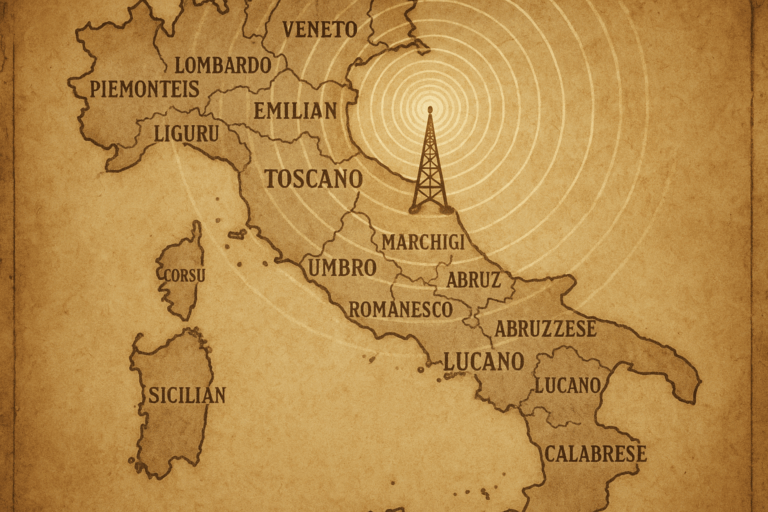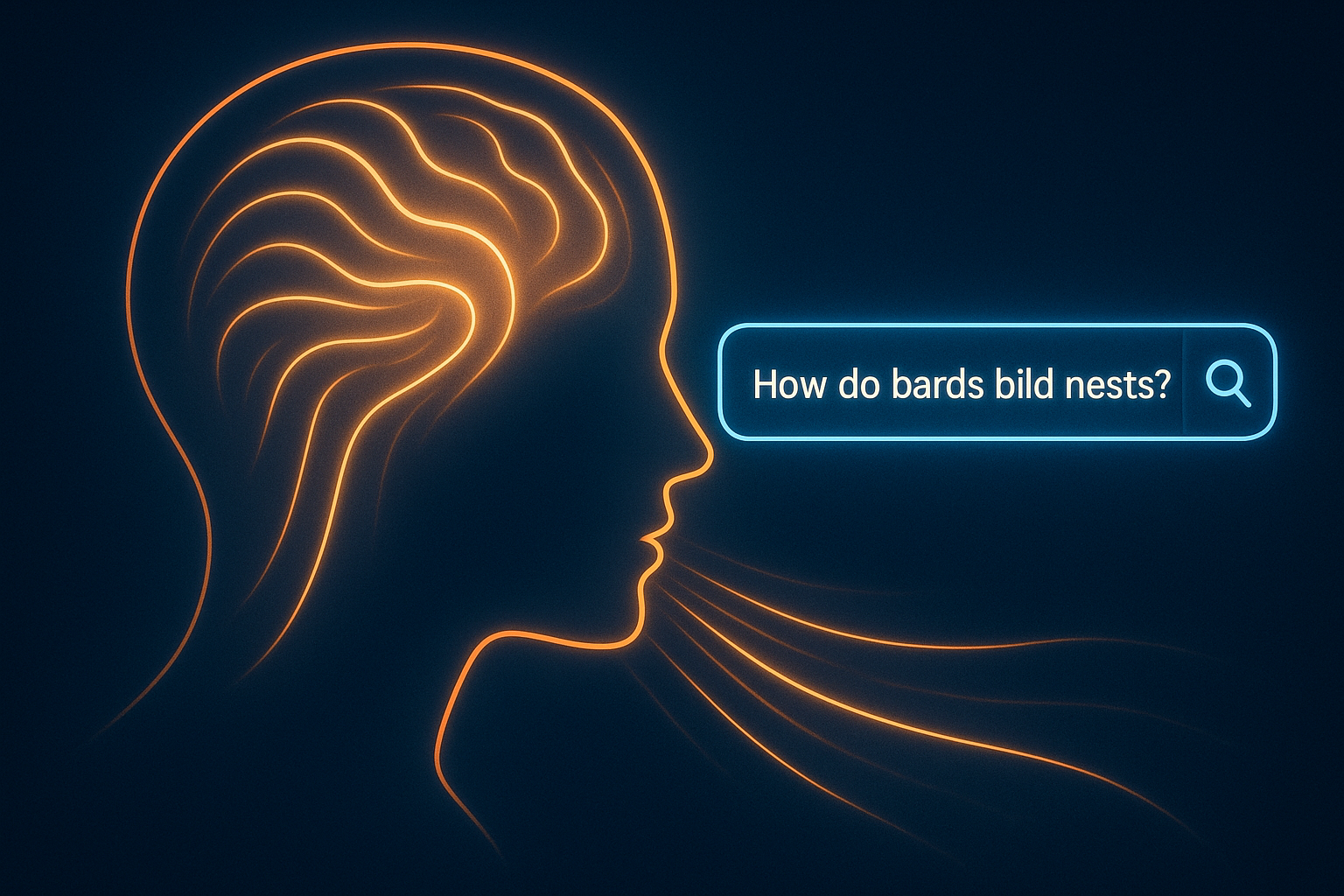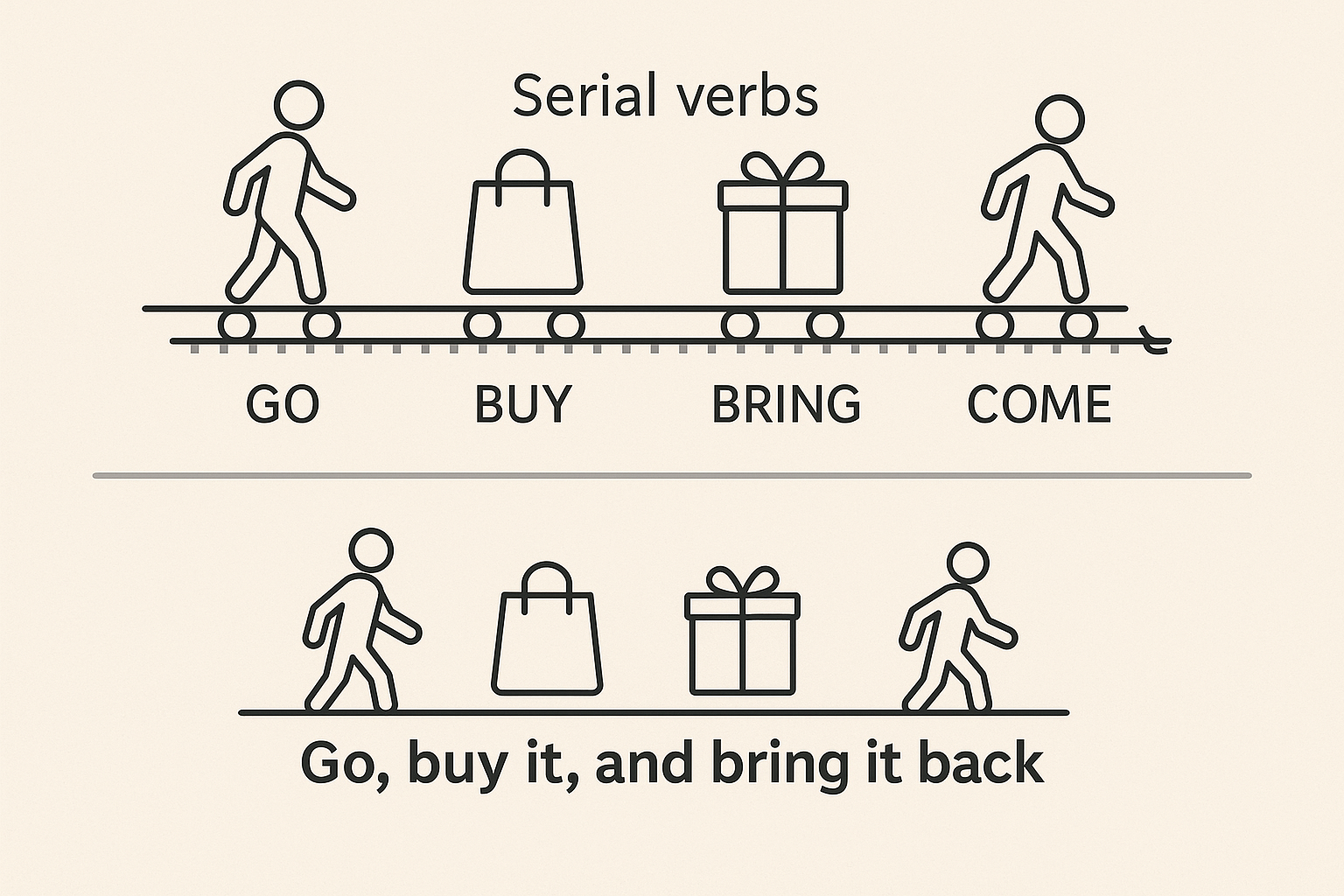Stop for a moment and consider what you are doing right now. Your eyes are scanning a collection of abstract shapes, and somehow, your mind is effortlessly translating them into concepts, ideas, and internal speech. It feels instantaneous, automatic, even trivial. But the journey from the pixels on this screen to the thoughts in your head is one of the most complex and fascinating feats your brain performs.
Reading is not a natural human ability. Unlike spoken language, which we are evolutionarily hardwired to acquire, reading is a human invention, a cultural technology that’s only a few thousand years old. To make it happen, your brain had to perform a remarkable act of neuro-recycling, repurposing ancient circuits for a brand-new task. Let’s take a journey through the milliseconds it takes for your brain to read this very sentence.
The Eye’s Deceptive Dance: Saccades and Fixations
First, let’s dispel a common myth: your eyes don’t glide smoothly across the line of text. If we were to track your eye movements, we’d see a rapid, jerky dance. This dance consists of two key movements:
- Saccades: These are the incredibly fast jumps your eyes make from one point to another. During a saccade, you are effectively blind; your brain takes in no visual information. They are ballistic movements, meaning once initiated, their destination cannot be changed mid-flight.
- Fixations: These are the brief pauses between saccades, lasting about 200-250 milliseconds for a skilled reader. It is only during these moments of stillness that your brain actually takes a snapshot of the text.
During a fixation, your focus is on the fovea, the tiny central part of your retina with the highest concentration of cone cells, providing the sharpest vision. You’re not just seeing one letter; you’re taking in a small chunk of characters—perhaps 7 to 9 to the right of your fixation point and 3 to 4 to the left. Your peripheral vision is already scouting ahead, identifying the shape of upcoming words to plan the next saccade.
From Squiggles to Symbols: The Brain’s Letterbox
The snapshot of letters captured during fixation travels down the optic nerve to the back of your brain, landing in the visual cortex. Here, the brain begins the first step of recognition: identifying lines, curves, and intersections. But this is not enough. A ‘T’ and an ‘L’ are just two intersecting lines; how does the brain know they are distinct letters, and that ‘THE’ is a meaningful unit?
The answer lies in a specialized region in the left fusiform gyrus, nicknamed the Visual Word Form Area (VWFA), or the brain’s “letterbox.”
This is the neuro-recycling superstar. This brain area originally evolved to help us recognize objects, like faces and tools. Through the process of learning to read, it becomes finely tuned to recognize the specific shapes of letters and common letter strings of your native language(s). It learns that ‘READ’, ‘read’, and even ‘read’ are all the same word, demonstrating an incredible flexibility for font, size, and case. Damage to the VWFA can lead to a condition called alexia, or “word blindness,” where a person can still see and identify individual letters but cannot assemble them into recognizable words.
The Two-Lane Highway to Meaning
Once the VWFA identifies a string of letters as a word, the information speeds off to access its meaning. Neuroscientists believe this happens via a dual-route system, a kind of two-lane cognitive highway.
Route 1: The Phonological Route (Sounding It Out)
This is the indirect path. It involves converting the letters (graphemes) into their corresponding sounds (phonemes). You are essentially “hearing” the word in your mind’s ear. This is the primary route you used when you first learned to read. It’s also the route you use to tackle new, unfamiliar, or nonsense words. If you encounter the word “flibbertigibbet,” you will slowly sound it out to pronounce it, even if you don’t know its meaning.
Route 2: The Lexical Route (Direct Access)
This is the super-fast expressway for skilled readers. When you see a familiar word like ‘house’, ‘and’, or ‘sentence’, your brain doesn’t bother sounding it out. The VWFA recognizes the visual form of the word as a whole and instantly connects to your mental dictionary (your lexicon) to retrieve the meaning, sound, and grammatical function all at once. This direct, lightning-fast recognition is what allows for fluent, rapid reading.
Proficient readers use both routes constantly, seamlessly switching between them depending on the word’s familiarity.
Building the Big Picture: Syntax and Semantics
Reading isn’t just about identifying individual words. Your brain must also assemble them into a coherent structure. This is the magic of grammar (syntax) and meaning (semantics).
Consider the sentences: “Dog bites man” and “Man bites dog.” They use the exact same words, but the order—the syntax—completely changes the meaning. As you read, your brain is furiously parsing the grammar, identifying the subject, the verb, and the object to understand who is doing what to whom.
It also does this predictively. Based on the words you’ve already read, your brain is constantly making educated guesses about what will come next. This is why you can sometimes finish someone’s sentence for them. It’s also why “garden-path sentences” can trip you up. Try reading this: “The old man the boats.” Your brain likely predicted “The old man…” would be followed by a verb like ‘sits’ or ‘walks’. When it encounters ‘the boats’, it’s forced to re-analyze the sentence, realizing that ‘man’ is being used as a verb (to staff or operate).
This entire cascade—the saccade, the fixation, the visual recognition, the dual-route meaning retrieval, and the complex grammatical parsing—happens over and over, in a rhythmic, near-instantaneous flow.
So the next time you settle in with a good book or scroll through an article, take a moment to appreciate the silent, extraordinary symphony performing inside your skull. Every sentence you read is a testament to the remarkable adaptability of the human brain, which took an ancient tool for seeing the world and taught it how to read it.
